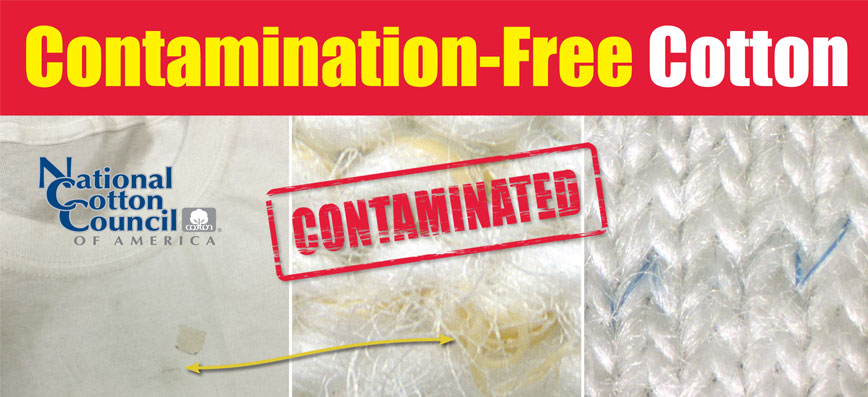A high-level delegation from the Cotton Corporation of India (CCI) – under the Ministry of Textiles, Government of India – recently visited the United States to explore the cotton industry of the High Plains of Texas.
According to Mr. Sajjan Kumar Bansal, CCI manager-planning, the goal of visit was to learn more about the High Plains’ cotton production systems, operations for contaminant-free cotton and cotton classing.
Trash and contamination in cotton lint is not only a problem in the U.S., but is now gaining additional attention worldwide.
“In the United States, we have a good handle on contamination originating from the cotton plant itself, but contamination from plastic such as grocery bags and module covers is a major concern,” stated Professor Eric Hequet, chairperson of the Department of Plant and Soil Science at Texas Tech University. “The industry is very aware of this issue and works tirelessly to eliminate this source of contamination. Several research groups in the United States and in Australia work on early detection and removal of plastic contaminants.”
While visiting a gin in Lubbock, the group learned how U.S. gins maintain quality with less fiber breakage – even though saw ginned – and minimal trash content. Multiple levels of drying the seed cotton and the use of pre-cleaners, such as inclined cleaners, help to keep the trash under control.
Since Indian cotton is handpicked, trash levels should, theoretically, be lower. But that is not the case. Poor seed cotton handling at the farm yards and storage facilities in farmers’ houses result in higher trash levels. Additionally, plastic contamination rises for polyethylene and jute packaging in India.
In India, the trash content before ginning is about 7%, dropping to about 2.5-3% after ginning, stated Bansal, who also noted how impressed the Indian delegation was with the organization of the U.S. cotton sector – from farm to processing to marketing.
Source: Cotton Grower

